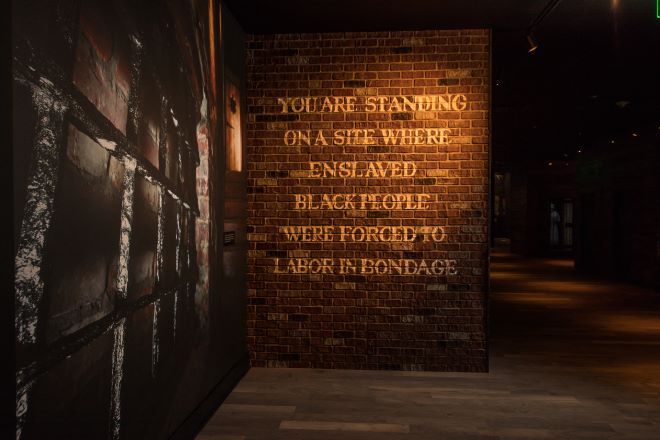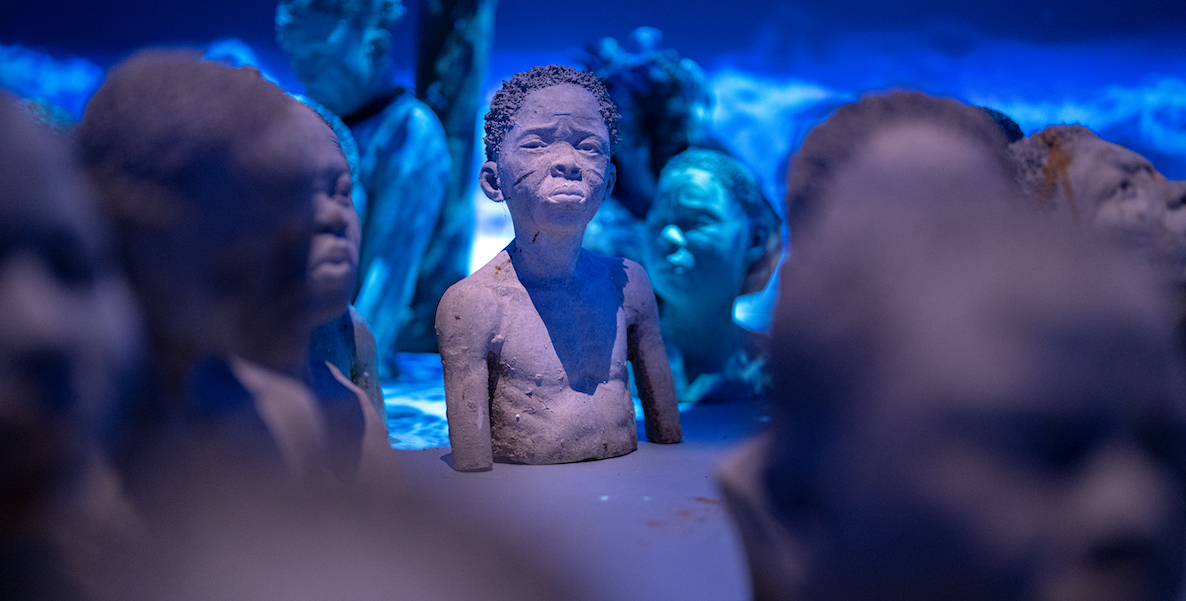Juneteenth is a time to celebrate liberation. It always has been. But it has also always been a time for reflection — a time to weep for time lost; a moment to wrestle with the fleeting nature of liberty, and a wizened reckoning with what could have been. This year is no different.
In Philadelphia, June is taking its place as a sort of second Black History Month. It is Black Music Month, co-founded by our very own music industry legend, Ms. Dyana Williams. We celebrate Odunde — the largest African American street festival in the nation. Odunde will host its 50th festival in 2025. And of course, this week is Juneteenth. Philadelphia’s Juneteenth Parade & Festival is reported to be one of the largest in the nation. Henceforth, we will have to christen June as Philadelphia’s Black History Month.
This year’s parade and festival was an extravaganza. A procession of floats, cars, bands, dancers, officials, civic workers, and elected officials marched the length of 52nd Street from the Avenue of the Republic to Malcolm X Park where a festival rife with Black cultural vendors and festival-goers convened in commemoration of our unique heritage and history. It was a powerful celebration and a reminder for some of us of how vibrant Black culture is right here in the City of Brotherly Love.
No justice in Tulsa
And yet, no good celebration of liberation can thrive without the libation of our tears. Sometimes these are tears of joy and sometimes they are not. Last week, news quietly broke out of Oklahoma that the state’s Supreme Court had dismissed claims made by the last living survivors of the Tulsa race massacre in 1923. For some of us, it is a marvel that the plight of “Black Wall Street” has become etched in our nation’s history.
But the tragedy of the recent recognition of this historic iteration of white supremacist violence and plunder remains as survivors of that history can find no remedy in our 21st-century judicial system. It is a telling and textbook example of institutional racism. The court found no precedent to repair and/or restore the survivors of what must now be one of the most well-known episodes of anti-Black racist violence aided and abetted by local, state, and federal government resources.
Although the struggle must continue through the justice system, some will mark this decision to deny justice to the Tulsa survivors with tears and an abiding sense of sadness that often accompanies the delay and denial of just repair. The final two survivors, Lessie Benningfield Randle (109) and Viola Fletcher (110) will likely be paraded at various historic commemorations for the remainder of their lives, but neither will likely experience a parade in celebration of the reparations that they have waited for — for over a century. Justice denied.
The Tulsa race massacre survivors remind all of us of the proximity of our racist history. They remind us that even amid the celebrations of our enduring — seemingly endless – struggle we must find time to weep for all that was lost and for what might have been in a more racially equitable and just world. This too, is part of our legacy.
Honesty and legacy in Alabama
Earlier this month, I had the opportunity/privilege to visit the Legacy Museum in historic Montgomery, Alabama. It was a powerful and somber experience. According to the museum’s Executive Director, Equal Justice Initiative’s Bryan Stevenson, the Legacy Museum is a “narrative museum.” Stevenson writes that:
“[It] is an important effort to confront our nation’s silence and to change the distorted narrative that too many have been taught. We cannot become a truly great nation if we are unwilling to address the history of enslavement and the horrific abuse perpetrated against African and African American people. The enslavement of Black people has created a legacy of separation, inequality, and anguish that will persist until we address that legacy more honestly.”
No words can capture or substitute for the experience of the Legacy Museum. It is a curated journey through American history, replete with the widest range of multimedia narrative techniques available. Words, animated films, sculptures, photographs, art, archival materials, three-dimensional projections and a soundscape that will haunt museum visitors beyond the experience itself. Taken together, these narratives can at times transport participants through time itself.
At one point in my journey through our legacy, I laid my hand on a wall of bricks made and built by enslaved Black people in America. There was a warmth beneath the cooler exterior of those bricks that forced me to focus on the fact that the museum itself had historically served as an auction house where human beings were bought and sold like chattel.

The Legacy Museum generates time and space to weep. There are too many moments — too many aspects of the experience that might confront visitors with their own weeping time. For one relative of mine, that time was early in the experience when participants were confronted with an installation of sculptures depicting the oceanic mortality of the Middle Passage. For another, it was the 3-D projection of an enslaved person speaking to her from a claustrophobic slave cell designed to dehumanize. For one relative it was the interactive video testimony of a Black mother who was incarcerated for a crime she did not commit; for another, it was the Reflection Room, itself, a glorious space at the end of the journey that provides participants with moments to collect themselves and for some — some time to weep.
The weeping time
In a small nook somewhere deep into the museum experience, the narrative takes shape as the writing on the wall. The writing is a quote from Fanny Kemble, a British thespian who retired from the theater, married Pierce Butler in 1834, ultimately divorced him, and returned to Philadelphia to advance her efforts as an abolitionist. Butler was a wealthy Philadelphian who inherited plantations and hundreds of enslaved people, held in bondage, and forced to work under brutal conditions without compensation on the Georgia Sea Islands. Butler was a speculator and a gambler. To recover from his fiduciary ineptitude, he had to sell off his “assets,” including 436 enslaved people. He did so via auction in March of 1857. It was the largest auction of enslaved people in United States history.
An abolitionist married to an enslaver was probably destined to end in divorce, but Kemble wrote about her experiences leading up to and through the largest slave auction in U.S. history in her Journal of a Residence on a Georgia Plantation. The writing on the wall in the Legacy Museum is a quote from Kemble’s journal that laments an incalculable loss in the midst of the deliberate (and diabolical) dismantling of hundreds of Black family members. There was no time to even weep what was lost.
This historic marketing and selling of human beings became known as “The Weeping Time.” According to the PBS resource guide for The Weeping Time: “The two-day sale netted $303,850. The highest price paid for one family — a mother and her five grown children — was $6,180. The highest price for one individual was $1,750. The lowest price for any one slave was $250.” The actual historic marker for this despotic moment in the tyrannical history of chattel slavery is located in Savannah, GA. Part of that marker reads: “[t]he breakup of families and the loss of home became part of African American heritage remembered as ‘the weeping time.’”
So yes, let’s celebrate liberation this Juneteenth. But also, take time to weep for our history.
Watch James Peterson discuss this article on CNN:
![]() MORE AT THE INTERSECTION OF BLACK LIVES, PHILADELPHIA, AND JUNETEENTH
MORE AT THE INTERSECTION OF BLACK LIVES, PHILADELPHIA, AND JUNETEENTH




